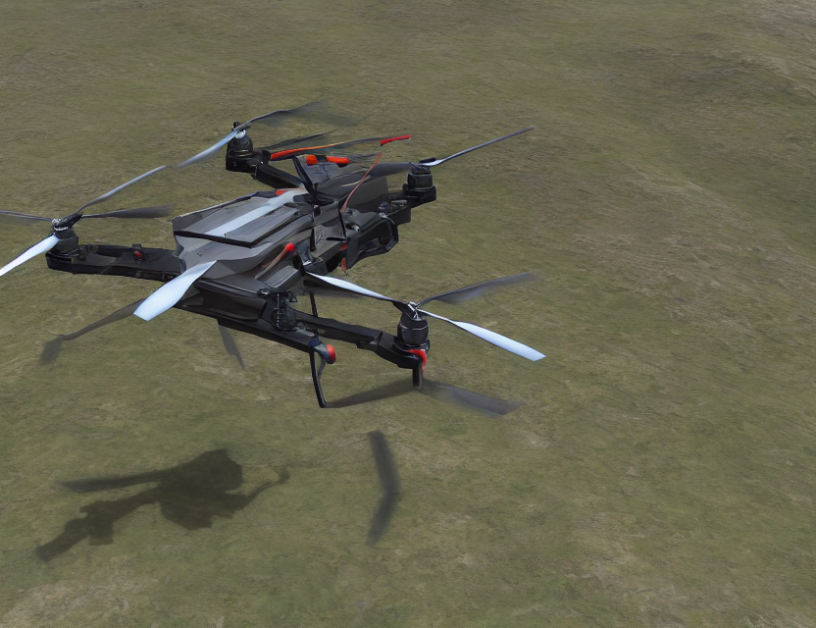The article discusses the development of a new algorithm for solving the Traveling Salesman Problem (TSP), which is a well-known computational problem in computer science and operations research. The authors aim to provide a simple and efficient algorithm that can solve TSP with high accuracy and running time.
Algorithm
The proposed algorithm, called Nearest Path First (NPF), is based on the heuristic of the nearest path found so far. The algorithm starts by selecting an arbitrary vertex and then iteratively adds vertices to the tour until all vertices are visited. The algorithm terminates when all vertices are included in the tour or when there are no more vertices that can be added to the tour.
Experiments
The authors conducted experiments on a Linux server with Intel Xeon CPU and 188 GB RAM. They tested the NPF algorithm on synthetic data and also in the Airsim simulator, which is an open-source simulator developed by Microsoft for training and testing autonomous vehicles and drones in realistic virtual environments. The authors created 50 cylinders as objects in 3dsmax software with radius of 1m and height of 2m and pasted high-definition English advertisement images downloaded from the internet on them. They generated 30 cases for each n in {5, 10, 15, 20}.
Results
The results show that the NPF algorithm performs well in terms of accuracy and running time. The approximation ratio ranges from 1.51 to 1.98 when n is 12, which is slightly higher than the overall situation in n = 8. However, the performance of NPF method remains robust to the growing number of objects.
Conclusion
In summary, the article proposes a new algorithm called Nearest Path First (NPF) for solving the Traveling Salesman Problem. The algorithm is based on the heuristic of the nearest path found so far and shows good accuracy and running time in experiments conducted on synthetic data and in the Airsim simulator. The results demonstrate the effectiveness of NPF in solving TSP and its robustness to growing number of objects. The authors provide a detailed analysis of the algorithm and its performance, making it a valuable contribution to the field of computer science and operations research.



